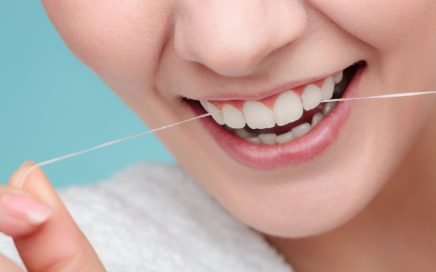DENTAL FILLINGS
Dental Fillings – Do you have decayed tooth, broken teethm or unwanted looks due to your teeth? Believe it or not, fillings can save you some bucks when done perfectly.
There are different kinds of fillings according to materials used.
We have the cheapest material called Amalgam and we also have costly but premium quality composites.
Literally, the materials will be used determines the cost of dental fillings. Of course, the dental insurance coverage will play a vital role in this.
The question is how can you know what is best for you? What are the pros and cons?
Composite
Fillings provide resistance to pressure and can be used to repair either front or back of the tooth. With its white hue, it looks more natural when applied to the tooth. Unfortunately, most composite tooth filings are not covered by insurance. As it gets worn out, another filing will be applied to avoid further damage to your teeth. Composites are made of a mixture of plastic and fine glass particles.
Amalgams
On the other hand, amalgams are a great alternative for composite filings. Amalgams costs less than filings and some studies show that Amalgams are more durable than composite filings. Mostly, amalgams have a silver-like hue. But be wary, some people are allergic to mercury — Research shows that the amount of mercury exposure from fillings is similar to what people get from other sources in the environment. Amalgams are made of silver, zinc, tin, copper and 50% mercury.
Cast Gold
If you’re looking for a more durable alternative, you can Consider Cast Gold but it’s the most expensive. Cast Gold is made up of Gold alloy and mixed with some metals. According to studies it lasts for over 15 years. It can withstand enough chewing forces without corroding since it’s made up of gold. With its yellowish-gold hue, your tooth will shine more and gold is more appealing than silver.
At the end of the day, prevention will always be better than cure. Always take care of your teeth to avoid further cut in your budget. Always remember the basics — brushing your teeth twice with a tooth paste that has enough fluoride, eating a balance diet, and visiting your dentist regularly.
